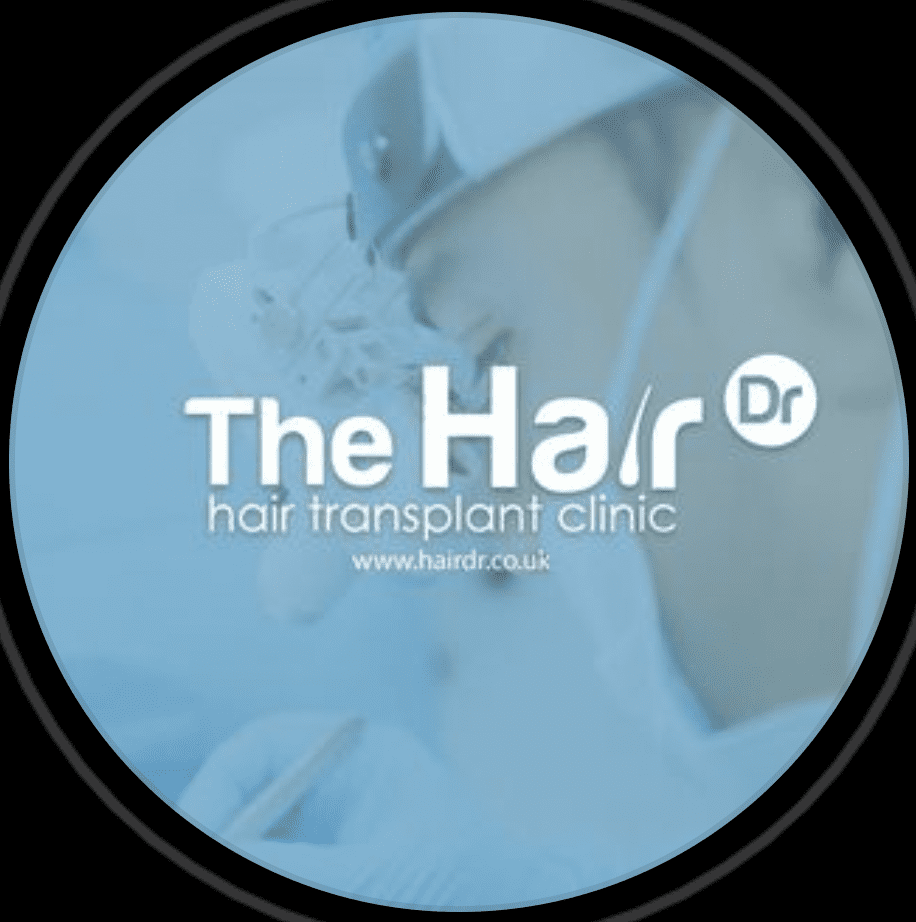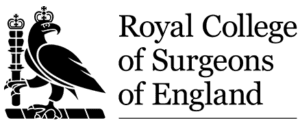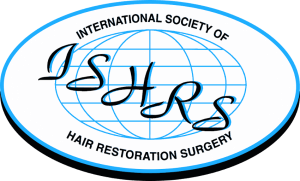Minoxidil, a widely known medication for hair loss, has gained significant attention and use over the years. But does it truly work to regrow hair?
What is Minoxidil?
Minoxidil is a topical treatment originally developed to manage high blood pressure. However, its side effect of promoting hair growth led to its repurposing for treating hair loss. Today, it is one of the most popular over-the-counter solutions for androgenetic alopecia (pattern baldness) and other types of hair thinning.
Available in both liquid and foam forms, minoxidil is applied directly to the scalp. It is usually found in concentrations of 2% and 5%, with the higher concentration typically recommended for men.
How Does Minoxidil Work?
The precise mechanism by which minoxidil promotes hair growth is not entirely understood, but several theories exist:
- Vasodilation: Minoxidil is believed to work by dilating blood vessels in the scalp. This increased blood flow may deliver more nutrients and oxygen to hair follicles, potentially stimulating growth.
- Follicular Activation: Minoxidil is thought to prolong the anagen (growth) phase of hair follicles and shorten the telogen (resting) phase. This shift can lead to the growth of new hair.
- Prostaglandin Enhancement: Some studies suggest that minoxidil may increase the production of prostaglandins, compounds that are involved in hair growth regulation.
Effectiveness of Minoxidil
Clinical Evidence
Numerous clinical studies have examined the effectiveness of minoxidil. Research indicates that minoxidil can be effective in stimulating hair growth, particularly in individuals with androgenetic alopecia.
- FDA Approval: The U.S. Food and Drug Administration (FDA) has approved minoxidil for over-the-counter use based on clinical trials demonstrating its efficacy in promoting hair regrowth in both men and women.
- Success Rates: Studies show that approximately 60-70% of users experience some degree of hair regrowth. However, results can vary significantly based on factors like the extent of hair loss and adherence to the treatment.
User Experiences
User testimonials often reflect the clinical findings, though individual experiences can differ. Some users report substantial regrowth and improvement in hair density, while others experience only minimal results or none at all. Factors influencing these outcomes include:
- Consistency: Regular application as per the recommended guidelines is crucial for optimal results. Skipping applications or discontinuing treatment can halt progress and lead to loss of newly grown hair.
- Duration: It typically takes several months to notice visible results. Most users see significant benefits after 4-6 months of consistent use.
Limitations and Side Effects
Limitations
- Not a Cure-All: Minoxidil is not a cure for baldness. It can help regrow hair and slow hair loss, but it does not address the underlying genetic causes of androgenetic alopecia.
- Effectiveness in Advanced Hair Loss: Minoxidil is generally more effective in individuals with early to moderate hair loss. Its effectiveness diminishes as the level of hair loss progresses.
Side Effects
While minoxidil is generally safe for most users, it can cause side effects in some cases:
- Scalp Irritation: Some users may experience itching, redness, or flaking of the scalp.
- Unwanted Hair Growth: Rarely, minoxidil can cause unwanted hair growth in areas adjacent to the scalp, such as the forehead or face.
- Systemic Effects: Though rare, systemic absorption of minoxidil can lead to side effects such as dizziness or changes in blood pressure.
Alternatives and Complementary Treatments
Minoxidil is not the only option for managing hair loss. Alternatives and complementary treatments include:
- Finasteride: An oral medication that reduces levels of dihydrotestosterone (DHT), a hormone linked to hair loss. It is often used in conjunction with minoxidil for more comprehensive management.
- Hair Transplant Surgery: A surgical option where hair follicles are moved from one part of the scalp to another.
- Platelet-Rich Plasma (PRP): A treatment where platelets from a patient’s blood are injected into the scalp to stimulate hair follicles.
- Lifestyle and Diet Changes: A balanced diet and healthy lifestyle may support overall hair health and complement treatment efforts.
Conclusion
Minoxidil is a proven treatment for hair regrowth, supported by both clinical research and user experiences. While it is effective for many, it is not a panacea for all types of hair loss. Its success largely depends on the individual’s specific condition, how consistently the product is used, and the extent of hair loss.
Users considering minoxidil should have realistic expectations and be prepared for a commitment to daily application. Consulting with a healthcare provider can also help tailor the treatment to individual needs and explore additional options if necessary.
If you’re experiencing hair loss and wondering if minoxidil or other treatments might be right for you, don’t hesitate to reach out.
Our team of experts is here to help you navigate your options and develop a personalised plan to address your concerns. Contact us today to schedule a consultation.









